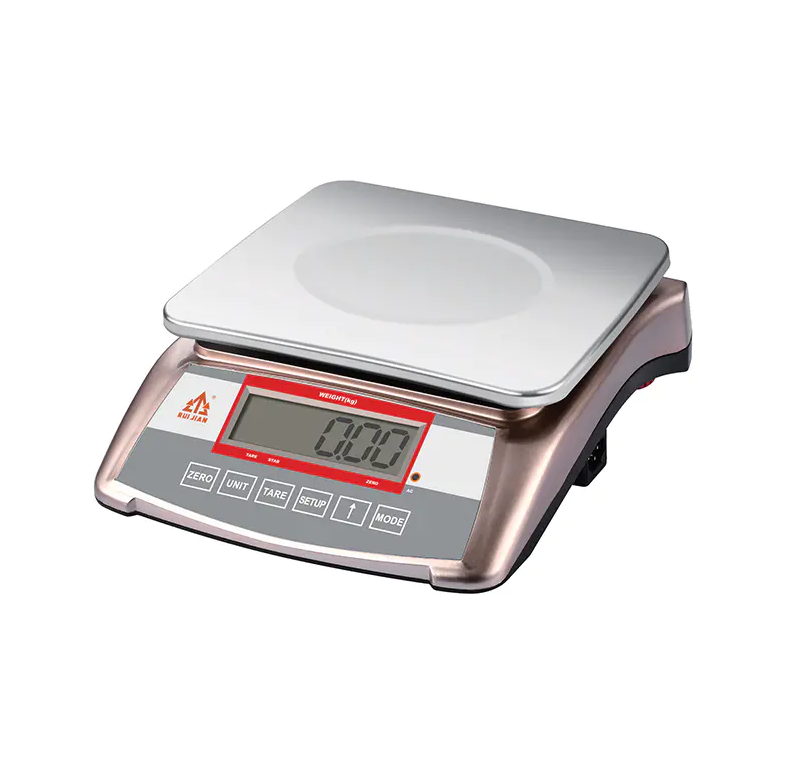Electronic Weighing Indicators (EWIs) are critical components in various weighing systems across industries, and their durability is a key factor that influences their long-term performance and reliability. The durability of an EWI is influenced by several factors, one of which is the material used for its housing. The housing of an Electronic Weighing Indicator is the first line of defense against environmental wear and tear, and it plays a significant role in the overall robustness of the device.
The choice of housing material for an Electronic Weighing Indicator is not merely a cosmetic decision; it directly affects the device's ability to withstand harsh conditions such as extreme temperatures, moisture, dust, and physical impacts. Materials like stainless steel and aluminum are popular choices for EWI housings due to their strength and resistance to corrosion. Stainless steel, in particular, is valued for its resistance to rust and its ability to maintain structural integrity in environments with high levels of humidity or exposure to corrosive substances. This makes it an ideal choice for EWIs used in food processing, pharmaceutical, and chemical industries where cleanliness and resistance to corrosion are paramount.
Aluminum housings, while slightly less resistant to corrosion than stainless steel, offer a good balance between weight, strength, and cost. They are often used in EWIs where the device needs to be lightweight and portable, such as in field weighing applications. The lightweight nature of aluminum also makes it an attractive option for applications where the EWI may be frequently moved or where reducing the overall weight of the weighing system is beneficial.
Polymeric materials, such as ABS plastic, are also used for the housings of some Electronic Weighing Indicators, particularly for indoor applications or where cost is a significant factor. While not as resistant to environmental factors as metal housings, they offer good impact resistance and can be molded into complex shapes, making them suitable for applications where the design of the EWI is as important as its durability.
The impact resistance of an Electronic Weighing Indicator's housing is crucial, especially in industrial settings where accidental drops or impacts are common. Housing that can absorb shock without cracking or deforming is essential for maintaining the integrity of the internal components and ensuring the continued accuracy of the EWI.
In addition to physical durability, the choice of housing material can also affect the thermal performance of an Electronic Weighing Indicator. Materials with poor thermal conductivity can help insulate the internal components, protecting them from rapid temperature changes that could affect performance. However, this can also trap heat, which may require additional cooling solutions to prevent overheating in environments with high ambient temperatures.
In conclusion, the housing material of an Electronic Weighing Indicator plays a critical role in determining its durability and longevity. Whether it is stainless steel, aluminum, or a polymeric material, the choice should be guided by the specific environmental conditions and operational requirements of the application. A well-designed housing can protect the sensitive electronics within, ensuring that the EWI continues to provide accurate and reliable measurements in even the harshest of conditions.
Preventing dust and insects more effectively with an external aluminum alloy bracket
Reinforced casing for anti-drop and impact resistance.
High stability and antifreeze waterproof chip motherboard
Zemic customized load cell verification interval can be 0.1g.

